Uniting the old and the new in Beijing
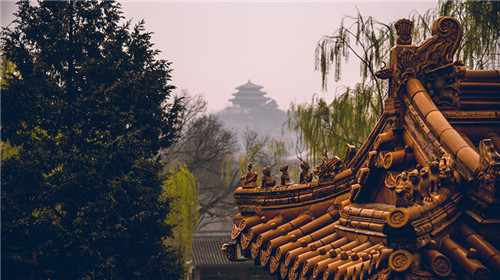
View of Jingshan Park from Beihei Park.[Photo by Michael Rhys Card/China Daily]
Beijing is a city that straddles the divide between the ancient and the modern world. From Buddhist temples to museums, cramped hutong to Imperial palaces, it is home to more than 3,000 years of captivating history. Even down to its layout, the city has retained its carefully structured system of ring roads, first conceived in the Ming Dynasty (1368-1644), that spread out from the Forbidden City, that sits proudly in the heart of the vast urban sprawl, much as it has done since its construction.
But for all its ancient wonders, Beijing is also a place that fully embraces the fast-paced development of modern life, with towering 21st century architectural wonders standing alongside the cultural relics of the past.
It's a distinct contrast that on paper shouldn't work, yet somehow these two very different realities not only exist in the same space, but manage to complement and even enhance the importance and charm of one another.
Having visited several times over the last 10 years, I became enchanted by this juxtaposition of old and new, and how a city could retain such a rich heritage while constantly evolving and embodying the modern world. So when I finally made the move here in early 2020 I jumped at the opportunity to explore as much of the capital as I could, and as a keen photographer I have spent the last 2 years recording everything I discovered, the people and the places, through my lens.
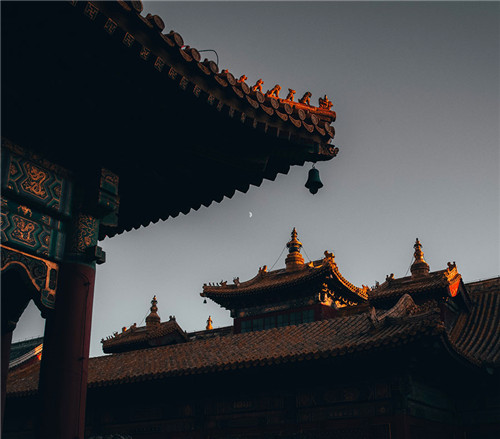
[Photo by Michael Rhys Card/China Daily]
I started with the obvious, the Forbidden City, Jingshan Park, the Summer Palace, the Llama Temple, all the places one would expect to see on a top 10 places to visit list.
But as I exhausted the more well-known sites in Beijing I began to venture further afield, setting out with no particular destination in mind, I aimlessly walked, biked, and ran whichever way I felt like at that time.
Many of my best discoveries have been purely by accident, while exploring a random hutong, or on an early morning run through one of Beijing's many parks. Its easy to get lost in these small pockets of history, but the modern world is never too far away, and I soon became fascinated with how the city has achieved the feat of striking such a visual balance between two vastly different eras
This fusion of styles is strikingly prevalent at Zhihua temple, built in 1444 during the rule of emperor Zhengtong, Zhihua was the family temple for the emperors favourite eunuch, Wang Zhen. Though much smaller now compared to at its peak of 20,000 square meters, the temple is a somewhat hidden gem, nestled amongst a maze of hutong, 5 kilometres east of the Forbidden City.
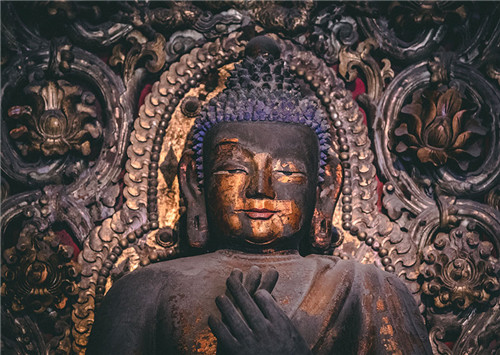
[Photo by Michael Rhys Card/China Daily]
The temple museum offers a remarkable collection of relics and statues, not to mention daily musical performances, and due to its relative obscurity its easy to get lost in the secluded courtyards and temple buildings. You might even forget you're in the 21st century, if not for the sleek curves of the Galaxy Soho building rising up behind the mythical crouching beasts perched on the ridges of the temple roofs.
Yet despite their immensely different eras, appearances and purpose, they are both equally representative of this city and seeing the two together epitomises the idea of how respecting our history, while still embracing the future can create a truly unique cityscape.
The remarkable development of this city, which is designed to protect the past while embracing the future, means there is always something new to discover here, and I could be photographing Beijing for the next 50 years and still not have scratched the surface, and that is part of the beauty of it.

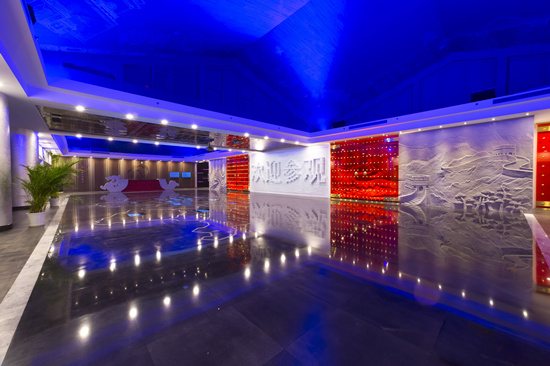 Responsibilities of the SOCAAC
Responsibilities of the SOCAAC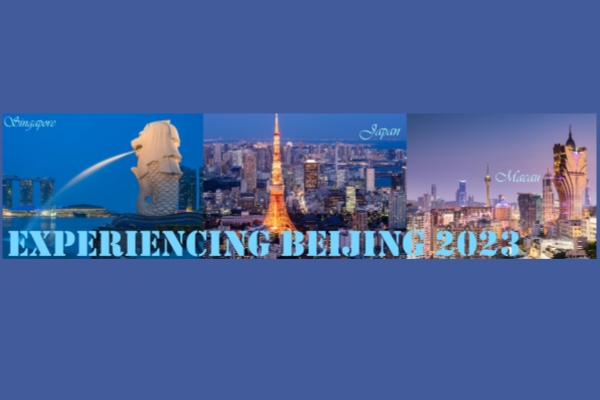 Experiencing Beijing 2023
Experiencing Beijing 2023